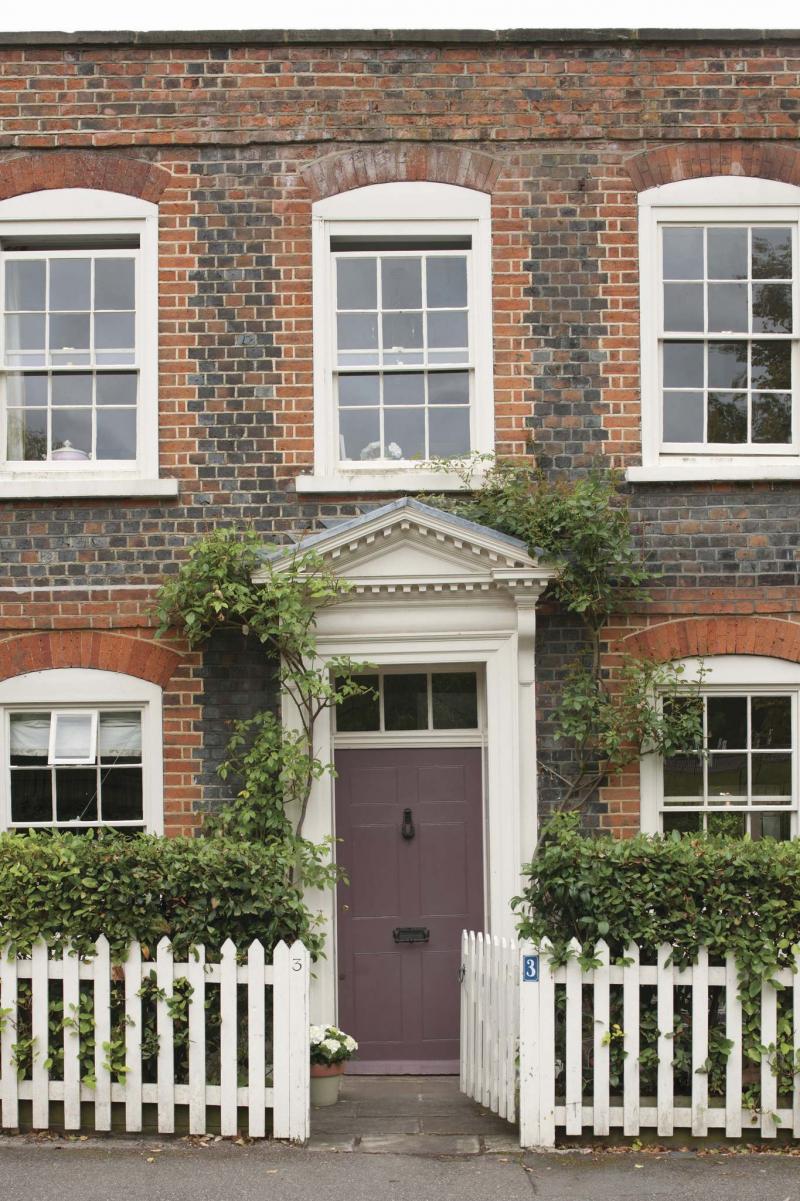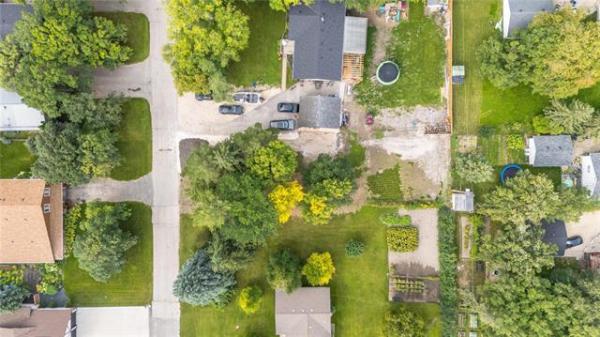
Farrow & Ball
Brick homes can be painted, but special care must be given to ensure the paint adheres to the bricks.
Question: I read one of your articles regarding painting stucco. We are contemplating painting our brick on the outside of our house.
It is a peach colour and has probably been like that for the past 30 years. I see many older houses changing the colour of their brick. I would love to change up the look of our house and would like to know how to go about doing this.
Does the brick need to be cleaned and primed and what kind of paint would we use?
Would it be in our best interest to have it done professionally?
Thank you for any information you can share.
— Barb
Answer: Painting the exterior of a home is part of a typical maintenance plan, but is not required for certain materials.
Masonry siding rarely needs finishing, but since it has already been done, future paint jobs will be necessary, so you are correct in renewing it to a more desired colour.
Changing the colour of a home to suit your esthetic desires is fine, but care must be taken in the choice of paint for the purpose.
Brick veneer, stucco, stone and other masonry sidings do not typically need refinishing. They are designed to perform for decades with little upkeep. They are designed to absorb some moisture from rain or snowfall, but will quickly dry if exposed to sun and wind.
Occasional repointing may be required if the mortar joints deteriorate, but otherwise keeping the surface free of debris, dirt and vegetation is all that is normally required.
Unfortunately, since the brick on your home has already been painted, it will need periodic upgrades, unless you want to have the entire surface sandblasted to remove all the ugly coloured old paint.
Improper finishing can even cause problems, as moisture that does penetrate the surface of the siding may push the paint off as it tries to escape. This can peel the paint and leave an unattractive, partially painted surface. This may occur if the masonry is dirty, has loose or flaking mortar or surface, is wet or is improperly primed. This is exactly the same issue for a repainting job, so cleaning the entire surface with a power washer prior to your proposed upgrade will be critical.
The next step after washing and letting the brick surface dry completely is to ensure the new finish will adhere properly.
If the existing peach-coloured paint is in good condition, and doesn’t flake off during the pressure washing, then little other preparation may be required.
If it does peel off in sections, or moss or other debris is embedded in the surface or any exposed brick is seen, then priming is needed.
The primer should be designed for use with masonry, suitable for exterior application and compatible with your finish paint. This is one area where spending a little extra for a high-quality product is certainly warranted. Don’t buy the bargain-brand primer, as it may not do as good a job as a more expensive one, which may have serious adherence issues later on. Spot priming all the bare or deteriorated paint locations should ensure a good finish-coat application.
So, the next question to address is the type of paint to use.
Any good-quality exterior paint may suffice if your prep work is done well. I would make sure that it is compatible with use on brick, which should be described on the label, or you could ask a knowledgeable clerk at the paint store or building centre.
Having said that, there may be a superior product that will last longer and prevent trapping moisture in the brick and mortar.
Elastomeric paint is becoming a more popular finish for this purpose because of its flexibility and durability. It is now widely used for painting older stucco and performs better than most other finishes. I am not sure it will work as well on brick, but inquiring with your paint supplier or contractor should answer that question.
Should you paint the house yourself, or hire a professional painter? That question should be answered by you, based on these criteria.
Have you got the experience and expertise to properly clean and prep the old surface, as previously described?
Do you have a pressure washer, ladders and/or scaffolding, brushes, rollers and other painter’s tools?
Are you in good enough physical condition to spend hours on your feet and ladders painting, sanding and scraping?
If the answer to all of these questions is in the affirmative, then by all means, go ahead.
If you have concerns or apprehension in any of these areas, then you may want to hire an experienced, professional painting contractor to tackle the job.
Painting the brick on the exterior of a home is not normally required, but once it is done, a repeat performance will likely be required every decade or so.
Ensuring the old, ugly painted surface is properly prepped prior to renewal will allow you to improve the esthetics, whether you do it yourself or hire professional help.
Ari Marantz is the owner of Trained Eye Home Inspection Ltd. and the past-president of the Canadian Association of Home & Property Inspectors — Manitoba (cahpi.mb.ca). Questions can be emailed to the address below. Ari can be reached at 204-291-5358 or check out his website at trainedeye.ca.
trainedeye@iname.com



